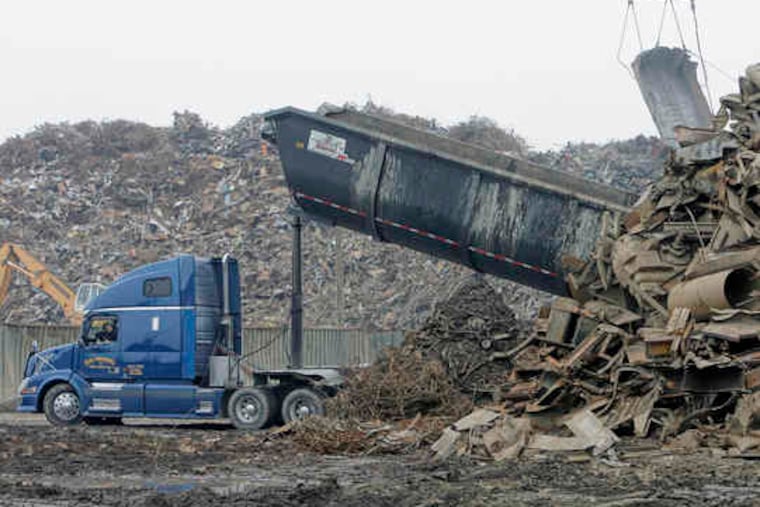Half of N.J. lives in ‘overburdened’ neighborhoods including parts of Cherry Hill, Voorhees, Deptford, says proposed environmental justice law
“This is a big deal," New Jersey Department of Environmental Protection Commissioner Shawn LaTourette said of the new rule proposal.
